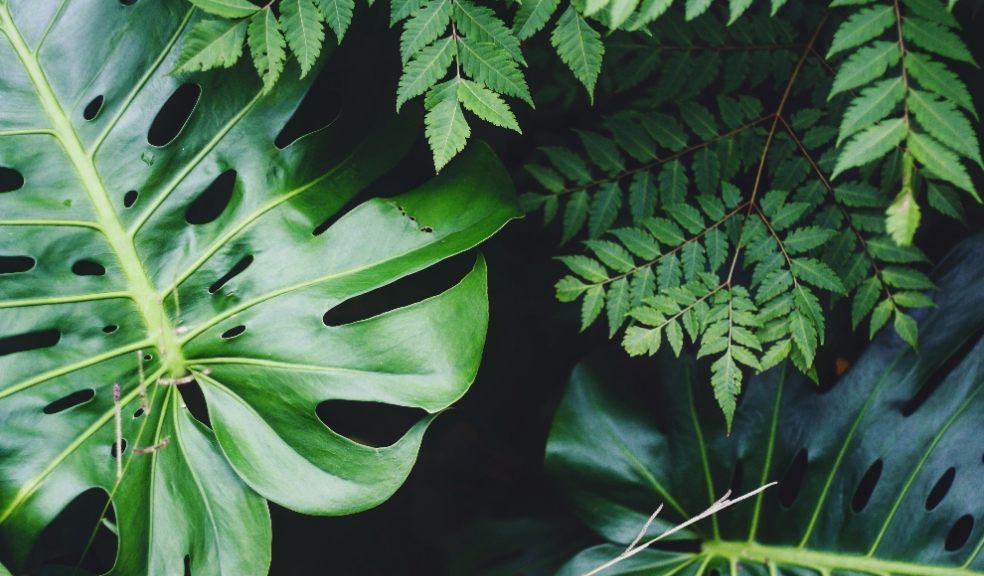
Five common garden plants devaluing your home by 15%
Buying or selling property is often a stressful time, especially when you have to deal with unforeseen problems. As we head into summer, it is worth looking at your garden - turns out some plants can not only damage your property, but devalue it!
To help you better identify invasive plants before purchasing a new home, or to solve current issues in your garden, surveyor experts at Stokemont.com (https://www.stokemont.com) reveal five of the most common garden plants that could devalue your property if not removed, and applying a difficulty scale. And to best equip homeowners, property surveyor Bradley McKenzie of Stokemont has provided tips on how to spot and remove, whilst answering some of the most asked questions!
1. Japanese Knotweed
UK Search volume: 90.5K
Removal difficulty : High
Japanese knotweed is an invasive plant with bamboo-like red shoots and shovel-shaped leaves. It can grow up to 3 metres tall in spring and summer - a search increase of 63% in just 30 days. But the worst part about this plant is that its roots can reach down to 20 metres underground.
According to Stokemont, the spread of Japanese knotweed underground could destructure pipework and drains and weaken building foundation or paving, leading to foundational collapse and poor flood defences. Due to these damages, Japanese Knotweed is listed as a defect to the property by RICS Homebuyer Reports, with the potential to reduce the price of your property by 5%-15%!
With 2.5K Google searches for ‘How to get rid of Japanese knotweed’, on average per month, Bradley from Stokemont recommends:
“It is really important to clearly check and take immediate and thorough eradication actions before it gets too late. We would highly recommend you seek professional help when removing them as they re-establish easily from even the smallest remains. If you prefer doing it yourself, pesticide would be the most effective method to kill those zombie-like plants!”
2. Ivy
UK Search volume : 33.1K
Removal difficulty : Low
Commonly seen across Europe, English Ivy is dangerous to your house! With a strong wall-climbing ability, this garden invader could easily penetrate your wall cracks, damage the mortar, and bring dampness or leaks to the house.
Stokemont discovered a 45% search increase over the last 30 days for Ivy, indicating homeowners’ queries into this potentially difficult to handle plant. To answer the most asked question “Is English Ivy poisonous”, Bradley MacKenzie, has commented:
“Unlike Giant Hogweed, English Ivy could be removed with bare hands by peeling them carefully off the wall. It is also possible to kill them by cutting their roots off and letting them dry out. However, not all wall-climbing plants are harmful, such as Boston Ivy, so we recommend consulting a professional before mistakenly cutting some beautiful and safe plants from your wall.”
3. Giant Hogweed
UK Search volume : 22.2K
Removal difficulty : High
Similar to Japanese knotweed, Giant Hogweed is also invasive with their fast spreading ability. More easily spotted in June and July, with Google search intent beginning to grow (96% in one month), this cow-parsley-like plant has thick green stems with purple spots and white flowers shaped like a round umbrella on top.
To respond to gardeners’ most asked question “Is Giant Hogweed poisonous?”, Stokemont have the following advice:
“Widespread across the UK, especially around rivers and ponds, its sap is phototoxic and can cause severe skin burns or scars under sunlights. Though not causing direct harm to the property, buyers may still refuse to pay a higher price if present because of its high cost of removal - up to £15,000!”
4. Poplar, Willow and Oak Trees
UK Search volume : 14.8K
Removal difficulty : Medium
While most trees cause no harm, large trees like Poplar, Willow and Oak can be dangerous if grown close to the property. Search intent for ‘Poplar trees’ indicates a 129% increase, and yet their root systems, shallow and fast-growing, can spread out to 40 metres and take up 1000 litre of water and nutrients from the soil.
To answer the common question “How long do Poplar tree live”, Bradley MacKenzie from Stokemont commented from a surveyor’s perspective:
“They could live around 50 years and are harder to remove when their roots grow thicker and bigger as time progresses. Their age, soil type, location, depth all matter when deciding whether your tree is a problem. If grown too close to your property, they could lead to further risks of cracks in foundations, subsidence and other structural defects, potentially costing you £5,000-£25,000 to repair!”
5. Himalayan Balsam
UK Search volume : 12.1K
Removal difficulty : Low
As the name suggests, Himalayan Balsam is from the Himalayas and was brought to the UK in 1839. It grows up to 2 - 3 metres tall and has pink flowers in summer and early autumn - Google trends highlights 172% increase in search last month, indicating its popularity. Despite its beautiful colours, this invasive plant could spread 800 seeds metres away or even through rivers, potentially killing off other plants and reducing biodiversity by stealing all lights, nutrients or water.
While many people are asking if this non-native plant is poisonous, Bradley MacKenzie has commented:
“It does not have physical danger to humans but its significant ecological impact on nature and associated laws are not favoured by buyers. So it is recommended to keep this plant controlled or eradicated, and make sure it does not spread to your neighbours’ home as it can be illegal! ”













